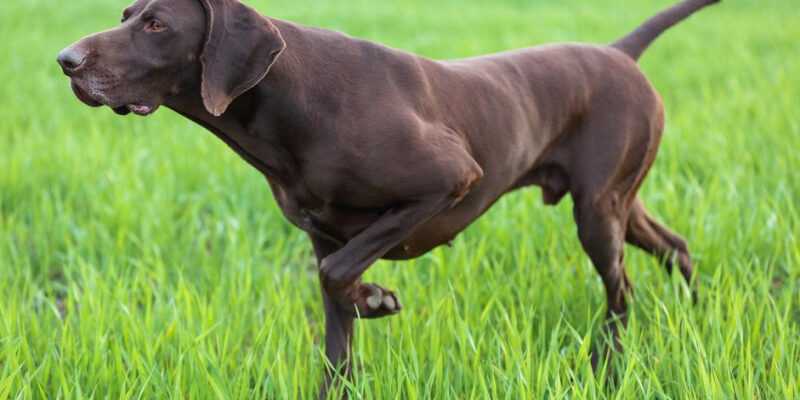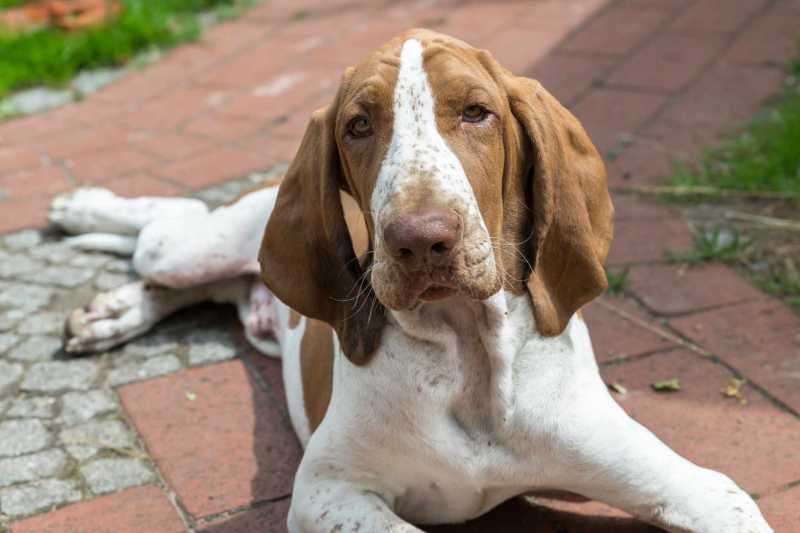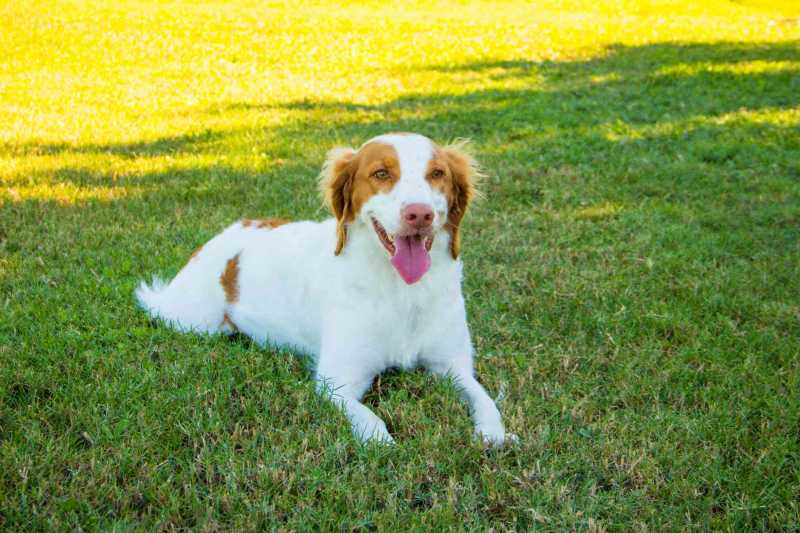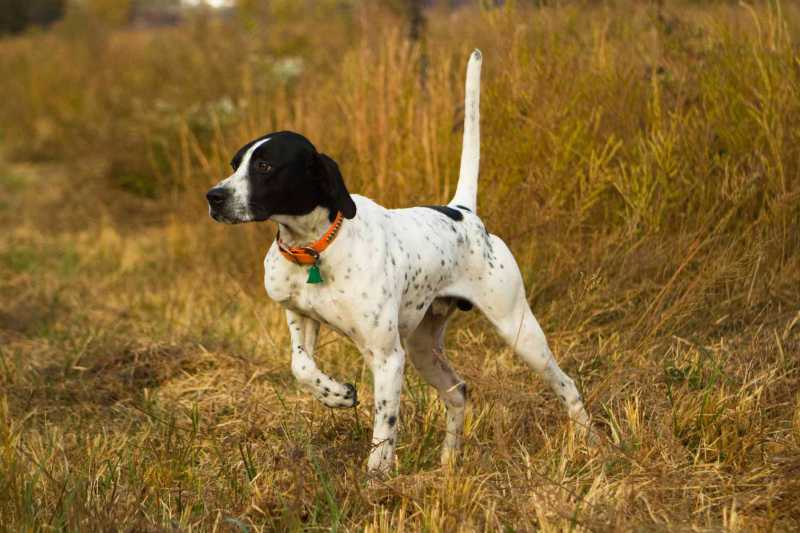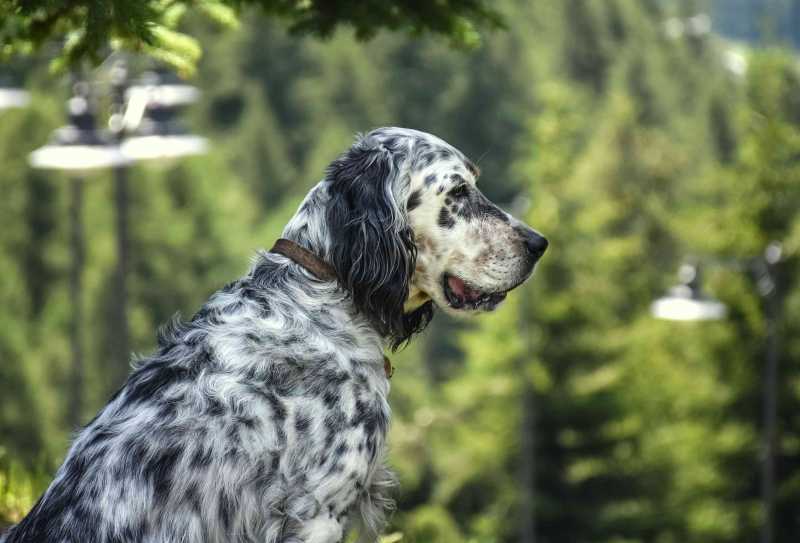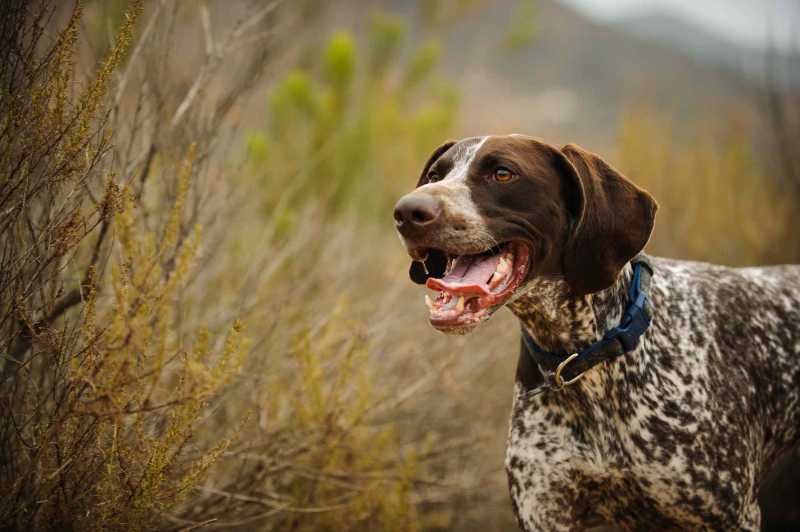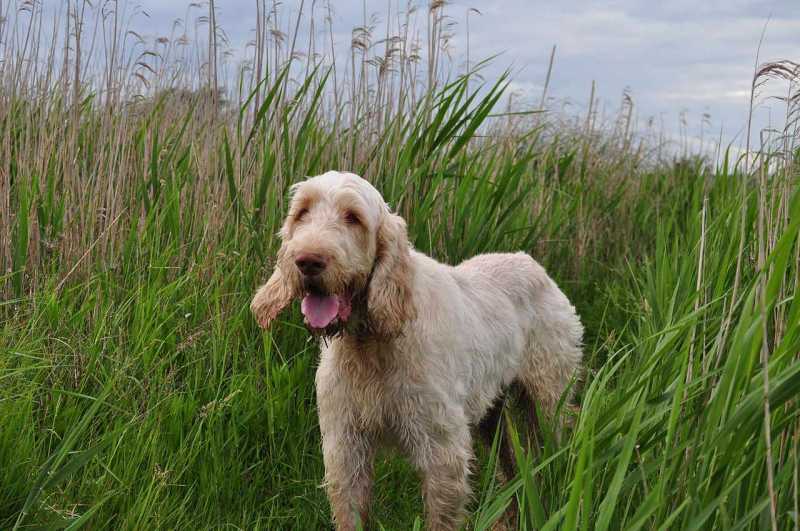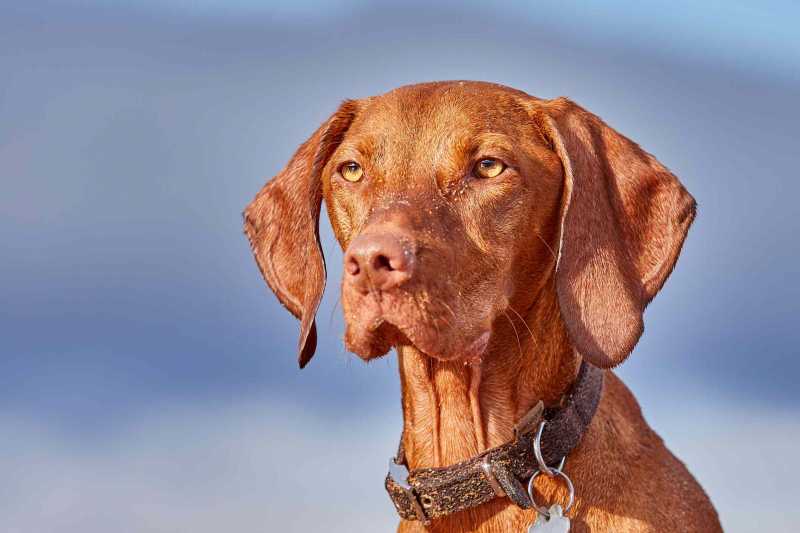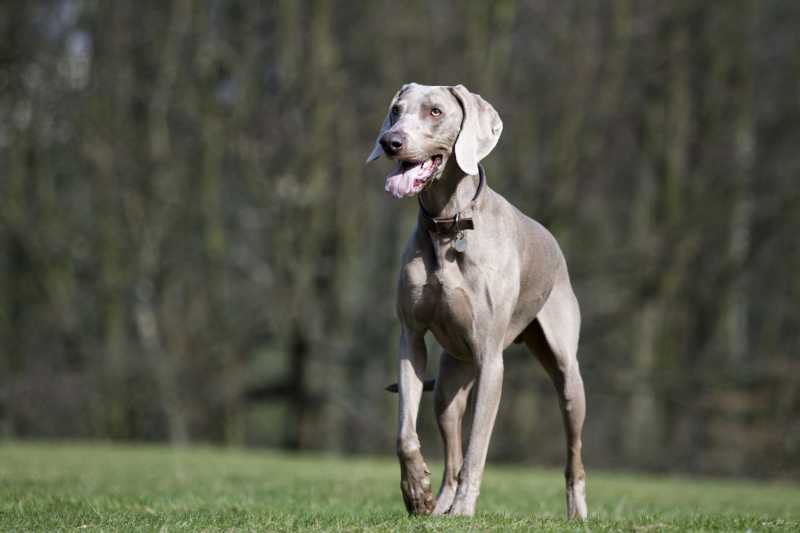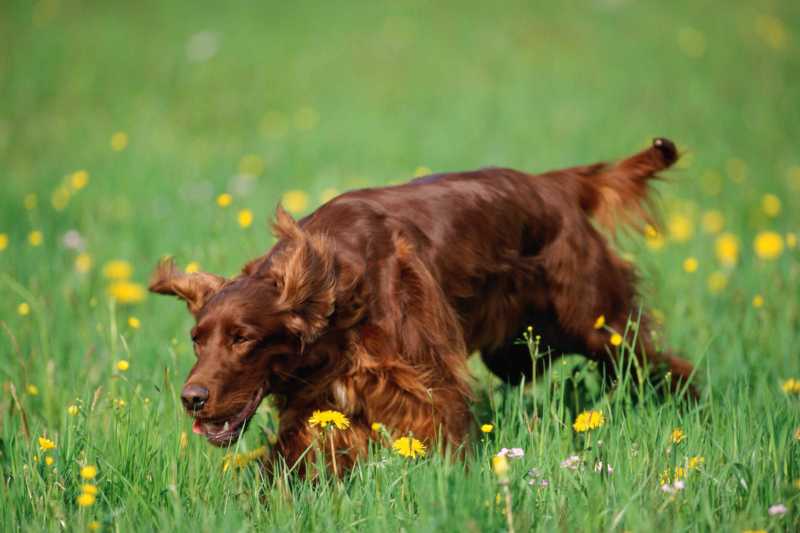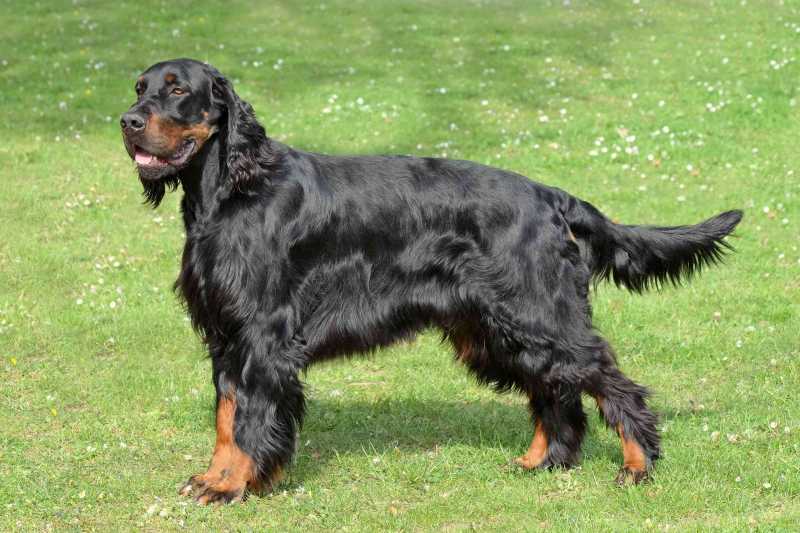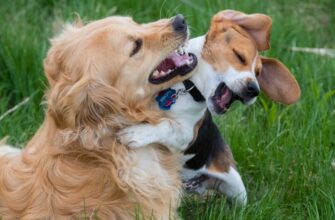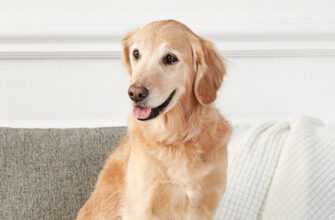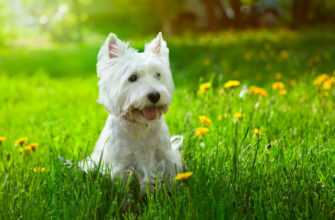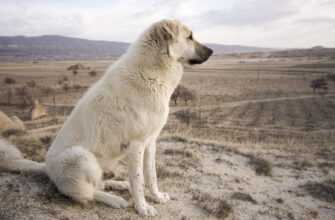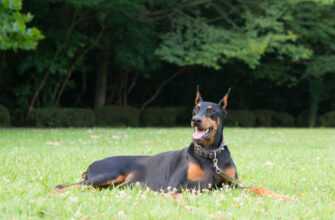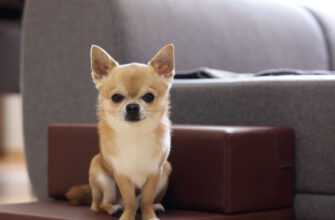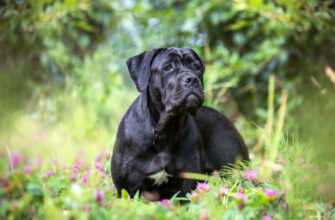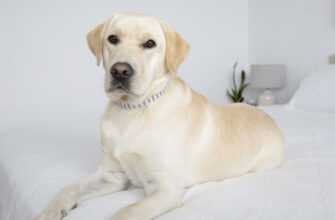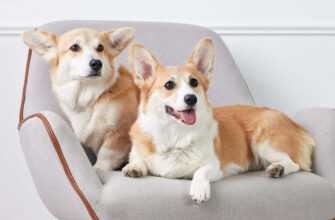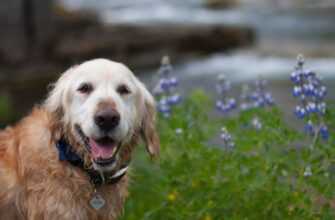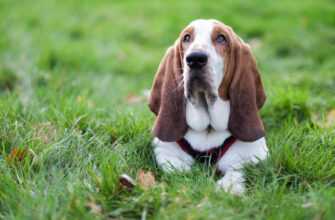If you’re not familiar with the term “pointing,” it describes a type of dog breed that tracks the scent of a prey item then instinctually freezes once it has located its quarry. The typical pointing position shows the dog’s body stiffening, holding one paw up in the air, the tail points upwards, and the nose signals towards the scent.
Breed Characteristics
Pointing breeds tend to be active, enthusiastic, intelligent, and eager to please. They often excel in tracking and nose work sports, and, invariably, they’re skilled retrievers with a great love of water. A rigorous exercise routine is vital for these driven dogs.
Pointing breeds are high-energy dogs that require adequate exercise, training, and mental stimulation to keep them from getting bored. A bored pup tends to engage in destructive or mischievous behavior as an exciting activity when not given a regular, motivating exercise regimen. Here is more about the history and temperament of 10 popular pointing breeds.
Bracco Italiano
Also known as the Italian pointer, you can trace the bracco Italiano roots or “Italian hound” back to the 5th century. They are one of Europe’s oldest pointers. In the early 20th century, a dedicated breeding program helped revive their numbers using two bracco varieties, one from Italy’s Piedmont region and the other from the Lombardy region.
Known for being incredibly reliable in the field, the bracco tends to be more docile at home than other pointing breeds. They’re gentle and affectionate dogs that form strong bonds with their family members. The breed tends to drool and is vocal. They’re also still relatively rare in North America.
Breed Overview
- Group: Foundation Stock Service/miscellaneous class (AKC)
- Height: 21 to 27 inches
- Weight: 55 to 90 pounds
- Coat and Color: Short, dense, and glossy coat that comes in solid white, white with orange or chestnut patches, orange or chestnut roan
- Life Expectancy: 10 to 14 years
Brittany
Often referred to as spaniels, the Brittany is a pointing breed. These dogs developed around the 17th century in the Northern region of Brittany. These versatile hunting dogs are compact, medium-sized dogs. Their size, skills, and temperament make these canines a high-demand choice. They tend to be good with other dogs and gentle children. A Brittany can be a sensitive soul prone to separation anxiety, but they’re eager to please and respond incredibly well to positive and peaceful training techniques.
Breed Overview
- Group: Sporting (AKC)
- Height: 17.5 to 20.5 inches
- Weight: 30 to 40 pounds
- Coat and Color: Flat or wavy, dense coat that comes in orange and white or liver and white markings and sometimes with roan patterns
- Life Expectancy: 12 to 14 years
English Pointer
The English pointer is often referred to simply as a pointer. Although it has origins dating back to the 17th century, the breed took shape the following century. These dogs grew in popularity with the growth of the sport of shooting birds in flight in England.
Nowadays, English pointers are known for being one of the most versatile, hard-working, and popular pointing breeds. They excel in field trials, but with their dynamism and ambition, they also do well in dog sports, including agility, canicross, and obedience. At home, English pointers are loving, loyal, and sweet-tempered.
Breed Overview
- Group: Sporting (AKC)
- Height: 17 to 21 inches
- Weight: 45 to 75 pounds
- Coat and Color: Short, dense coat; color combinations of white with liver, lemon, orange, or black markings; may have solid coloring
- Life Expectancy: 10 to 17 years
English Setter
The English setter is the most popular of three silky-coated setters to originate in the United Kingdom. Like the bracco Italiano, this breed has a long heritage. 15th-century art features dogs that look similar to this setter. These dogs grew in popularity in the 18th century with owners of grand English estates that enjoyed hunting.
Although regarded as a pointing breed, these dogs were initially developed to lay down to “set” when they detected their quarry, like their relatives, the Gordon setter and the Irish setter. The breed is known for being incredibly mellow and tends to enjoy the company of gentle children and other dogs. Although English setters still need plenty of exercise, they’re often calmer around the home than some pointing breeds.
Breed Overview
- Group: Sporting (AKC)
- Height: 25 to 27 inches
- Weight: 65 to 80 pounds
- Coat and Color: Long, flat, silky, and a little wavy coat; white coat base with Belton markings that can be flecks or intermingled roan; Belton colors are orange or black (referred to as blue) and can also be tricolored
- Life Expectancy: 10 to 12 years
German Shorthaired Pointer
Germany is well-known for its diligent development of skilled hunting dogs. Some experts believe them to be the most versatile and capable all-around hunting dog. This breed resulted from the crosses of English and Spanish pointers and the now-extinct German bird dog. By the late 19th century, the breed had an official studbook and imported them to other countries.
This dog is the most popular pointing pooch in the United States and is among the top 10 of the AKC’s overall most popular breeds. GSPs are intelligent, eager to please, happy, and affectionate. They have webbed feet and a great love of water. The German wirehaired pointer is a close relative.
Breed Overview
- Group: Sporting (AKC)
- Height: 21 to 25 inches
- Weight: 45 to 70 pounds
- Coat and Color: Short, smooth coat with a solid liver or a combination of liver and white
- Life Expectancy: 12 to 14 years
Spinone Italiano
The spinone Italiano is another Italian pointing breed. These dogs hail from the country’s Piedmont region and got their name from the thorny “spino” undergrowth they had to negotiate when hunting. Their coarse fur and thick skin helped protect them when they were tracking in rough terrain. The breed almost became extinct after the World Wars. They’re still one of the rarer pointing breeds, but their numbers have steadily increased.
One of the biggest pointing breeds, the spinone, appeals to some owners as they tend to be more docile than some of their relatives. They can sometimes be stubborn and may need a little more patience and tasty treats when training.
Breed Overview
- Group: Sporting (AKC)
- Height: 22.5 to 27.5 inches
- Weight: 65 to 90 pounds
- Coat and Color: Harsh, coarse, dense, flat single coat with a distinct set of bushy eyebrows and beard; solid white, white and orange, and white with brown markings; markings can be roan or solid colors
- Life Expectancy: 10 to 12 years
Vizsla
The Hungarian vizsla (meaning “tracker”) can be traced to the 8th century when ancient Magyar clans roamed the country. These agile dogs had great endurance, making them invaluable hunting partners for the tribesman. They were highly prized by the nobleman of the country for their speed and versatility.
Vizslas are incredibly big-hearted, dedicated to their owners, and adaptable. Often referred to as “velcro dogs.” They love being in the company of their humans. They can be prone to separation anxiety. They are closely related to wirehaired vizslas, a separate breed.
Breed Overview
- Group: Sporting
- Height: 22 to 23 inches
- Weight: 45 to 50 pounds
- Coat and Color: Copper or rust-colored short, smooth, dense coat
- Life Expectancy: 10 to 12 years
Weimaraner
The Weimaraner is another German breed that is known for its pointing skills. Although hunters initially used them for searching for big game, the Weimaraner began to gain popularity as an all-around gun dog. They showed a natural aptitude towards pointing and retrieving and became much prized in Germany and worldwide. These dogs are known for being intelligent problem solvers. They need lots of enrichment to keep them entertained and prevent them from creating mayhem at home. Weimaraners adore being around people.
Breed Overview
- Group: Sporting (AKC)
- Height: 24 to 26 inches
- Weight: 70 to 85 pounds
- Coat and Color: Short, smooth mouse gray or silver-gray coat
- Life Expectancy: 11 to 13 years
Irish Setter
The Irish setter was bred for hunting. It “sets” or locates and points hunters toward gamebirds. These dogs are a wide-ranging hunter, well-suited to fields and wet or dry moors. They use their excellent sense of smell to find birds. The Irish setter holds a pointing position, indicating the direction in which the bird lies hidden. The Irish setter came to the United States in the early 19th century.
Breed Overview
- Group: Sporting (AKC)
- Height: 25 to 27 inches
- Weight: 60 to 70 pounds
- Coat and Color: Red, medium length with feathering on ears, chest, legs, and tail
- Life Expectancy: 12 to 15 years
Gordon Setter
The largest of the three setter breeds, the Gordon setter, is challenging for the novice dog owner. It has a strong protective instinct and wariness around strangers. This hunter companion crouches down, freezes, and “sets,” pointing hunters to its quarry in the brush. They are heavier, more muscular, and can last in long hunts, well-suited for the rough Scottish highland terrain.
Breed Overview
- Group: Sporting (AKC)
- Height: 23 to 27 inches
- Weight: 45 to 80 pounds
- Coat and Color: Shiny, straight, or wavy single coat; black with tan markings
- Life Expectancy: 11 to 13 years
Breeds to Avoid
None of the pointer breeds are suited to apartment living with an owner that isn’t prepared to give them long daily walks and plenty of additional physical and mental enrichment. Avoid lower-energy dogs like pugs and Chihuahuas that are more content lying cozy in a dog bed or a lap than going out ranging and running.

 Home
Home Animal Adoption
Animal Adoption Animal Names
Animal Names Cats
Cats Dogs
Dogs